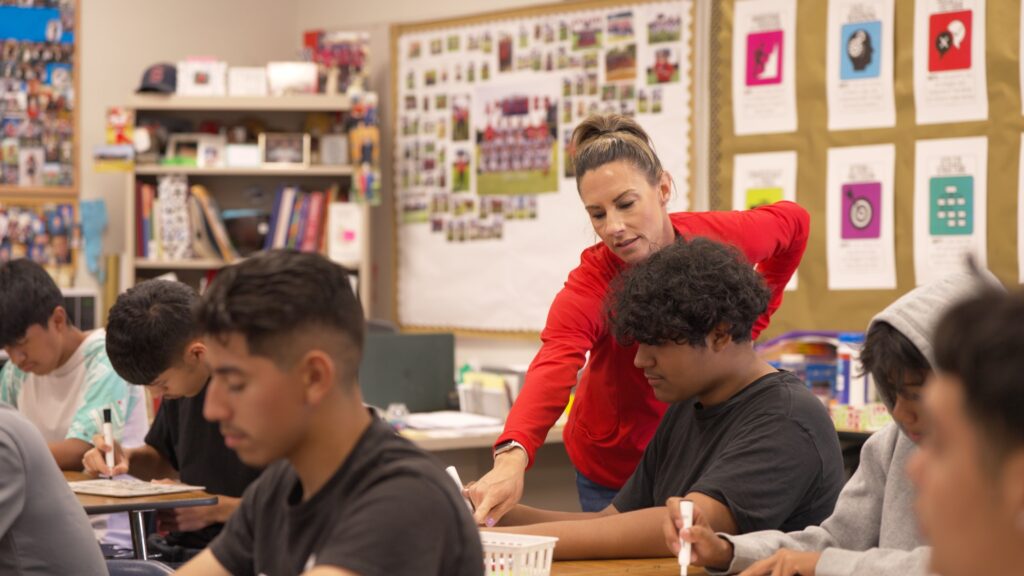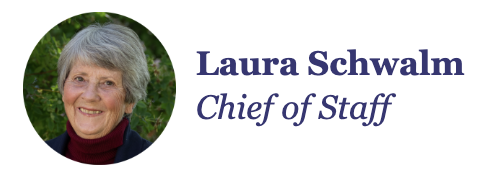
I’ve been working with and in public school districts for a long time, 55 years to be exact, and I get to speak with dozens of superintendents every month. When I can support a district leader in staying focused on student learning, it is the best part of my day. I often find myself saying “you can do anything but you can’t do everything. It’s about doing a few things better and the best work is often not exciting – until you get to the place where you start to see the improved results.”
In my experience, school districts that make steady progress in improving outcomes for their students do so using what most would consider common-sense strategies. They have not discovered some remarkable new idea, innovative approach, or out-of-the-box solution. Rather, they have used a common-sense approach and executed it with the discipline necessary to make it common practice.
These common-sense strategies are as basic as ensuring clarity around what the district is trying to improve and the approach it will use to achieve it. Districts known for making significant improvements resist assuming that everyone knows what they’re aiming for; instead, they spell out very specific expectations for student outcomes and define what good practice looks like. To this end, they have a system to monitor both instructional practices and resulting student outcomes and are diligent in its use. These districts pick a few proven effective practices and invest heavily in building the capacity of teachers to execute those practices with proficiency. They resist adding more practices until the majority of teachers have mastered the first ones because they realize that improving instructional practices takes time and support. They prioritize teacher capacity building because they recognize that a district can never be better than its teachers. As a result of this prioritization, they build site leaders’ ability to support improvement and teacher capacity building efforts, and are clear on roles and responsibilities.
Turning these common-sense approaches into common practice is a matter of establishing routines and the systems to support them. Good intentions fade away when things get busy or when a crisis hits (and district leaders are always busy, finding a day without at least a minor crisis is like finding a needle in a haystack).
When something is hard, make it as easy as possible for people to do it. District leaders who turn common sense into common practice make the right things as easy as possible for their school site staff.
Tools as simple as checklists, protocols, and calendaring regular check-ins serve as reminders to stay on track. For the most significant impact, district leaders demonstrate the behaviors they want to see and hold themselves accountable for upholding routines and systems focused on instruction.
Turning common sense into common practice requires the disciplined use of systems, structures, and processes that result in consistent and persistent routines and actions. Anyone who has ever tried to improve their health understands that turning what we know into what we do is generally not complicated; it is simply difficult. For school districts, the challenge of improvement is seldom a lack of wisdom or knowledge but a lack of disciplined application of what we know works. For students in districts that have the determination to turn common sense into common practice, the rewards are great.
